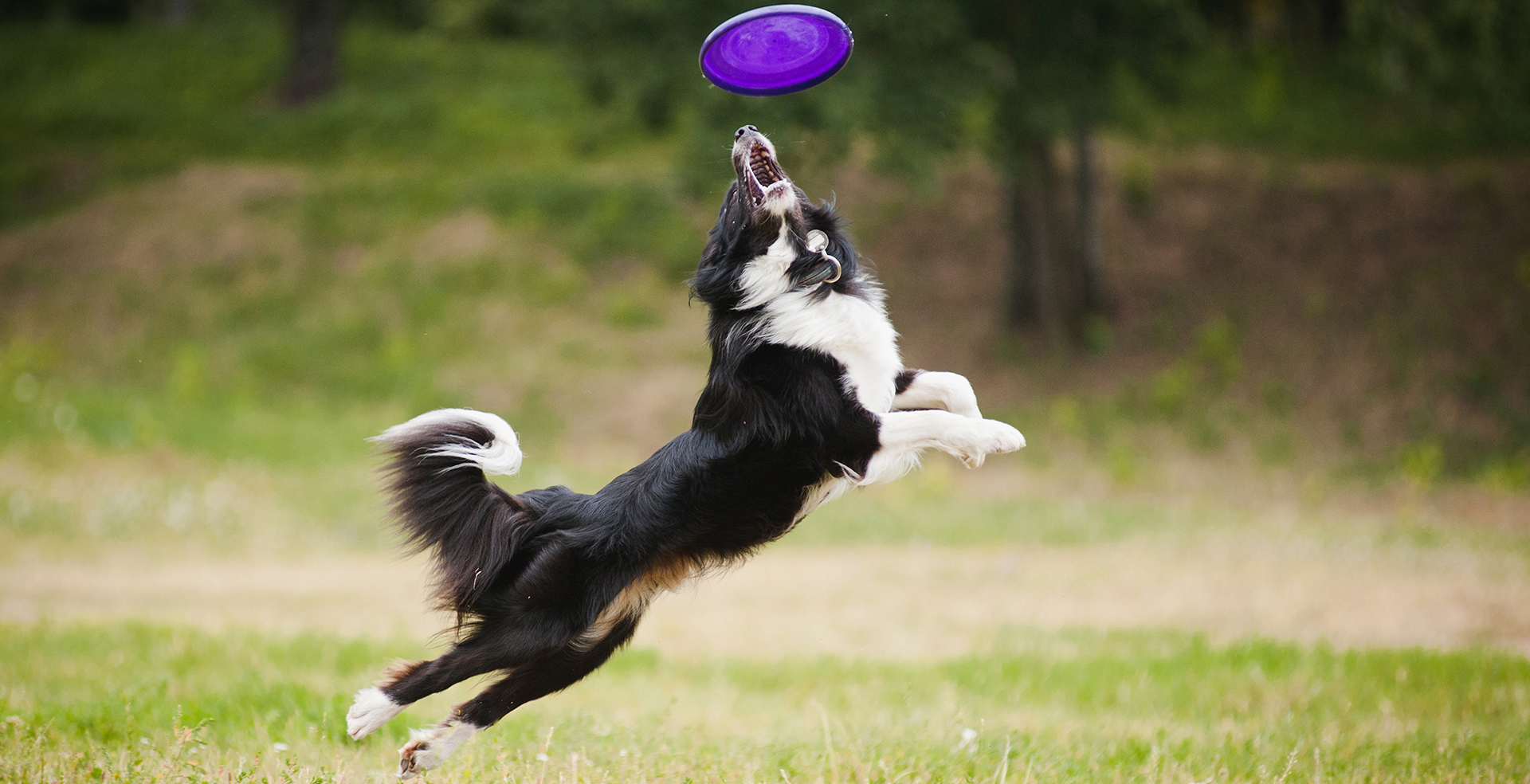Every animal has social, mental, and physical needs that must be met to ensure a great and happy life. During the past 12,000 years dogs have been bred in a variety of sizes and body types for a variety of tasks, such as grazing animals, hunting and retrieving, pulling sleds etc. The type and amount of physical and mental stimuli a dog needs depends on its age, breed, health, and individual differences, but what applies for all dogs is that if their physical and mental exercise needs are met, they become much better companions.

Create a Positive Bond
Dogs are ideal animals for families because of their social nature. Socializing your pet will not only satisfy their needs but will also improve the relationship between you and help your dog understand what you want to say to them through training. When its needs are not met, your dog may have unwanted behaviors, such as searching the garbage, digging, defecating indoors, biting and jumping up on people, seeking attention.
To build a good relationship with your dog, always focus on rewarding a desirable behavior instead of punishing for a non-desirable one. If you just try to stop the undesirable behavior, it can instead cause discomfort, abnormal behavior (such as excessive self-grooming and tail hunting), and health problems due to stress. Rewarding activities, such as fetching an object, agility or olfactory exercises, have many benefits.
Mentally Stimulate your Dog
Reinforcement training is a fun way to stimulate your dog's mind. It will improve communication between you and ensure positive interactions. Affection, play, food and walks, are important rewards and should be used to manifest and reinforce a desired behavior. By consistently and predictably rewarding only the behaviors that you wish your dog to learn, your dog will get to understand which behaviors reward him and which do not.
Getting your dog to work for food, treats and toys (eg asking him to "sit down" before engaging in an activity such as playing with a ball or placing down its food-bowl) helps meet the need of the dog for mental satisfaction, and gives you the opportunity to use daily activities as opportunities for training through rewards.
Learning your dog tricks and games can stimulate your dog to use his/her mind. Clicker training (a quick way to mark the desired behaviors with a special clicking sound) is a useful technique to teach new skills and tricks. Games such as seeking food or toys encourage smelling, hunting, and build behaviors that help satisfy mental exercise needs.
When you are not at home, provide your dog with feeding toys that he must interact with to get food or treats. This is a great way to enrich their environment with mind stimulating activities. Keeping your dog’s brain active may significantly delay the aging of their brain according to recent studies.
Exercising the Body
Exercise is essential in maintaining good physical condition and weight. Choose games and activities that are fun and practical for you, and at the same time designed for your dog to use the behaviors for which your pet breed was developed.
For instance, shepherd dogs prefer games that involve hunting or chasing or training with herds. Hounds enjoy seeking and sniffing toys. Retrievers may benefit from item retrieving games. Terriers may like to have a pit to dig or participate in a "treasure hunt", while sled dogs may enjoy pulling a slay or cart. Agility exercises, playing frisbee, and scenting exercises are just a few of the fun ways to provide physical and mental stimulation.
Medication or special diet and alternative exercises such as short walks, swimming, eating and scenting games can be good ways for older dogs to stay physically and mentally active.
Play and exercise significantly increase socialization time and may be used to improve training. Walks, chase games, hide and seek games with treats or food bites and jogging are all great interactive games both for us and our dogs. Dogs can also expend their energy and socialize by playing with other house pets or animals they can meet in their social environment.
Private Time
There are times in the day when your dog should be given some time alone. Dogs satisfied with socialization and exercise use these hours for sleep and rest. Learning to relax and rest important for their wellbeing. Provide your dog with his one private area, a room or crate with a dog bed and fresh water where he can rest and enjoy some "private time".
Some dogs may keep being energetic and look for more play when they need to be on their own. They can be given toys that will force them to play to interact with to get some of their daily food. Such toys should not replace social interaction with us or other pets but may be used as means to provide a calm transition for most active dogs. Do consult your veterinarian If you notice that your dog seems stressed when his left alone.
Cooling Down Time
Massage and grooming sessions, or just some quiet moments with your dog, help to build a positive relationship and satisfy his needs for social and mental engagements. Calm interactions such as these also work with highly energetic dogs who may need periods of relaxation during the day.